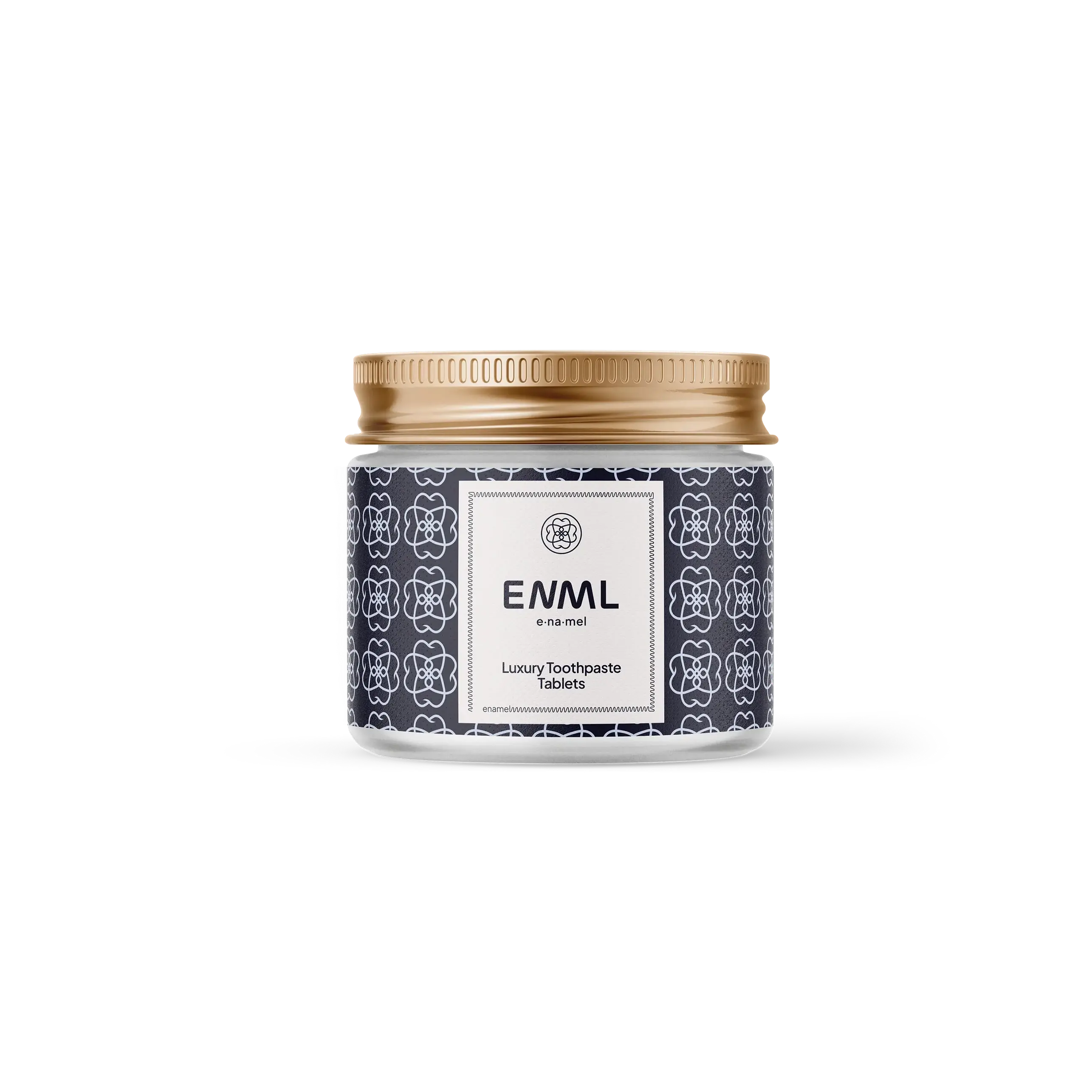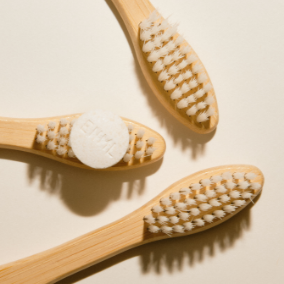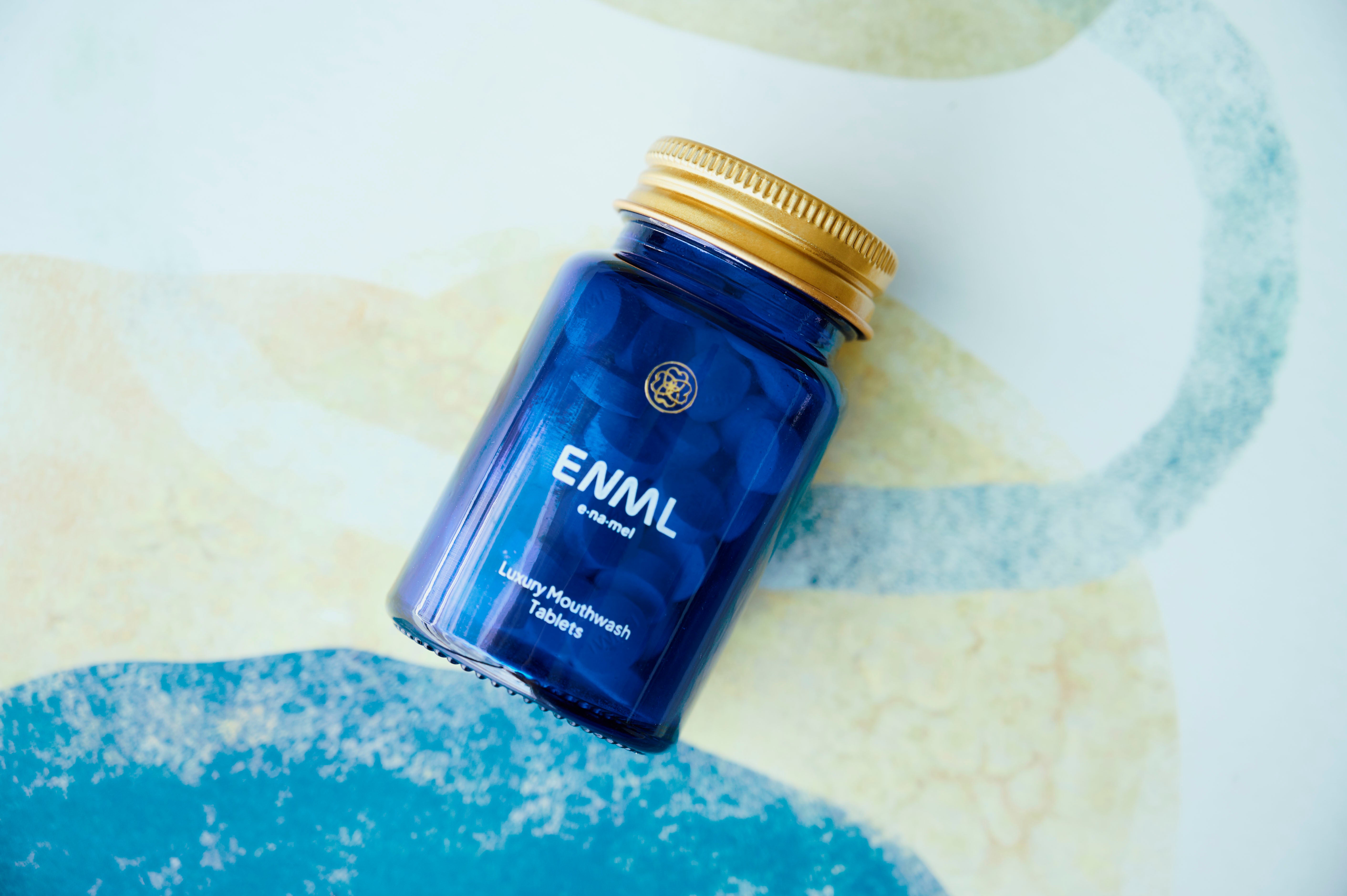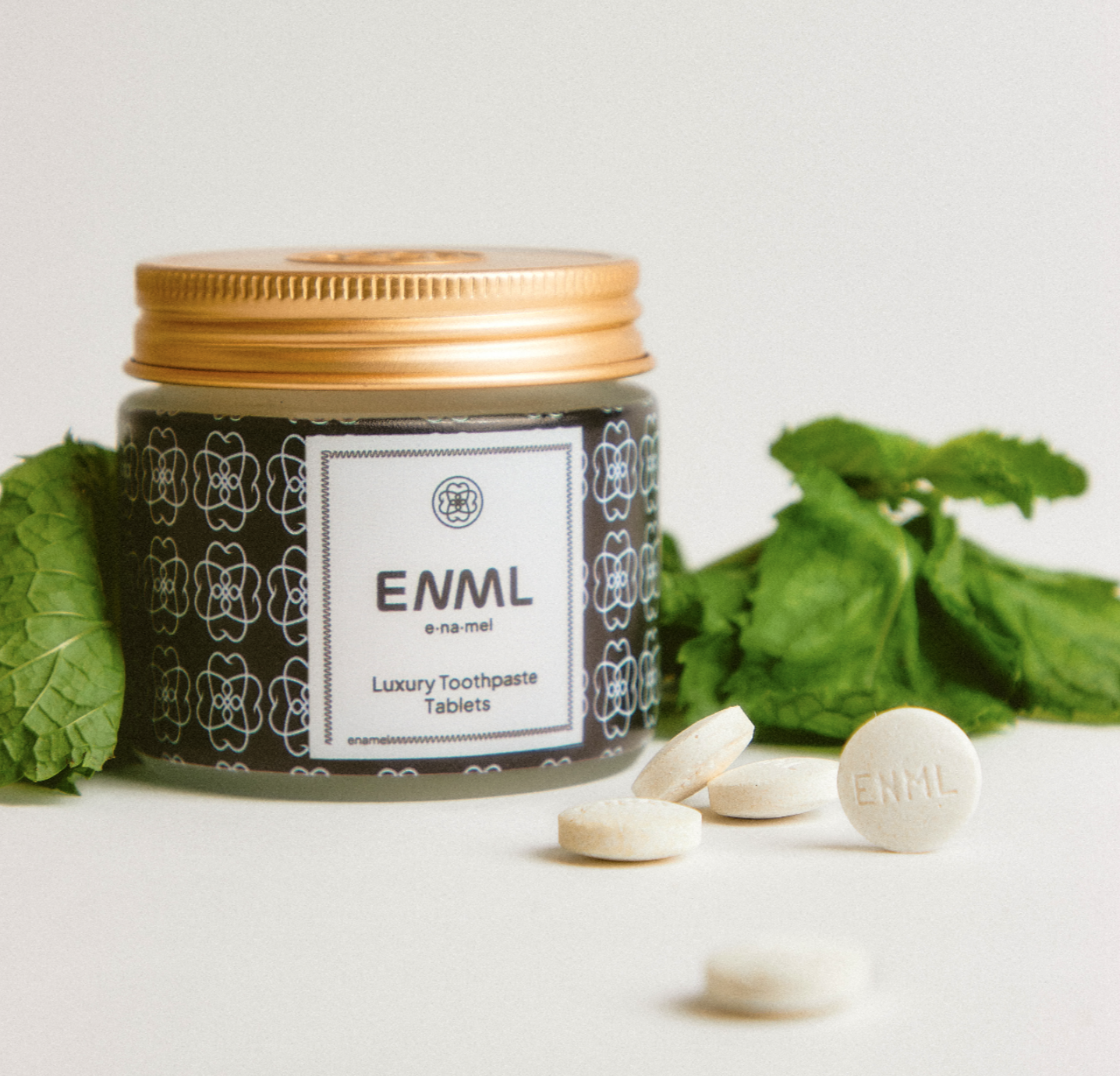If you're looking to reduce your environmental footprint, one of the simplest places to start is your bathroom routine. While people often switch to metal straws or reusable containers, there's one daily-use item that often gets overlooked: toothpaste.
Most toothpaste comes in plastic tubes that are difficult—if not impossible—for many recycling programs to process. These tubes contribute to billions of pounds of plastic waste each year. Traditional toothpaste manufacturing also uses water, emits carbon dioxide, and adds to our growing landfill problem.
The good news? You don’t have to choose between clean teeth and a cleaner planet. Toothpaste tablets offer a more sustainable alternative that performs just as well—without the environmental toll.
How Are Toothpaste and Toothpaste Tablets Different?
Toothpaste tablets clean your teeth just like traditional paste but come in a dry, chewable form. When you chew a tablet, it mixes with your saliva to form a foamy paste—ready for brushing.
Because they don’t contain water and aren’t packaged in single-use plastic, toothpaste tablets are easier on the planet. Most are sold in glass jars or compostable refills, which drastically cuts down on plastic waste.
Due to these differences, they’re a more sustainable oral care option.
Why Toothpaste Tablets Are the Greener Choice
Switching from toothpaste tubes to tablets has a measurable impact on the environment. Here’s how they compare:
1. Less Plastic Waste
Traditional toothpaste tubes may seem small, but their environmental impact is anything but.
Let’s break it down:
- A standard toothpaste tube weighs about 4.45 grams without the cap—mostly plastic.
- With the cap and packaging: 12.9 grams of plastic per tube.
➤ 568 million pounds of waste
The real issue? Most of these tubes aren’t recycled.
Because toothpaste tubes are made from mixed materials—layers of plastic and aluminum—they’re notoriously hard to recycle. Most end up in landfills or oceans, even when tossed in a recycling bin.
Toothpaste tablets offer a smarter solution.
- Dry and shelf-stable—no preservatives or plastic needed.
- Packed in reusable glass jars—durable, recyclable, and meant to last.
- Top brands like ENML offer plastic-free refills in compostable or recyclable paper pouches.
20 billion single-use tubes → 1 glass jar + low-waste refills
2. Lower Carbon Emissions
Toothpaste tubes aren’t just a plastic waste issue—they’re a climate issue, too. That’s because making plastic is extremely carbon-intensive. For every 1 kg of plastic produced, about 6 kg of CO₂ is released into the atmosphere.
With each traditional toothpaste tube averaging 12.9 grams of plastic, the math adds up fast. Globally, we produce around 20 billion toothpaste tubes every year, which translates to:
→ Over 258 million pounds of CO₂ emissions annually.
That’s more carbon than 62,000 gas-powered cars emit in a year—just from packaging toothpaste.
Toothpaste tablets significantly reduce this burden. ENML’s tablets come in reusable glass jars, and glass production generates about 75% less CO₂ than plastic. More importantly, these jars are designed to last. You only need one—and our low-waste refills ship in compostable paper, not more glass or plastic.
So instead of tossing a dozen plastic tubes per year, you use one jar and waste-free refills. The result?
Less plastic. Less carbon. Lower impact.
3. Minimal Water Waste
Alongside the difference in plastic waste and CO₂ emissions, toothpaste tablets use far less water than toothpaste. While toothpaste has to use water in its formulation to produce a paste or gel, toothpaste tablets don’t use or waste any water in their manufacturing. Instead, the tablets turn to a paste when you chew them and mix them with saliva.
However, what about how much water you use when you brush your teeth? Even then, toothpaste tablets are shown to use less water!
For example, a 2021 study found a 0.001 m³ (1 L) lower water consumption per six-month brushing cycle when using tablets versus cream. Over a full year, these water savings equate to two liters of water a year per person. If everyone in the United States brushed their teeth with toothpaste tablets twice a day for two minutes, the water savings would equal 680,221,976 liters!
There’s a significant reduction in water usage in toothpaste tablets’ manufacturing and use!
Reduce Your Environmental Impact With Toothpaste Tablets From ENML
If you’re interested in reducing plastic waste with toothpaste tablets, ENML can help. When you receive our zero-waste oral care toothpaste tablets for the first time, they’ll arrive in a reusable glass jar. After receiving your jar, your refills will come in paper packaging to further reduce our products’ carbon footprint! Alongside our products’ eco-friendly packaging, our tablets are fluoride-free, using hydroxyapatite instead, which remineralizes, strengthens, and naturally whitens your teeth without any fluoride required!
Review our collection of toothpaste tablets and mouthwash tablets today! If you have any questions about our products, please contact us.






